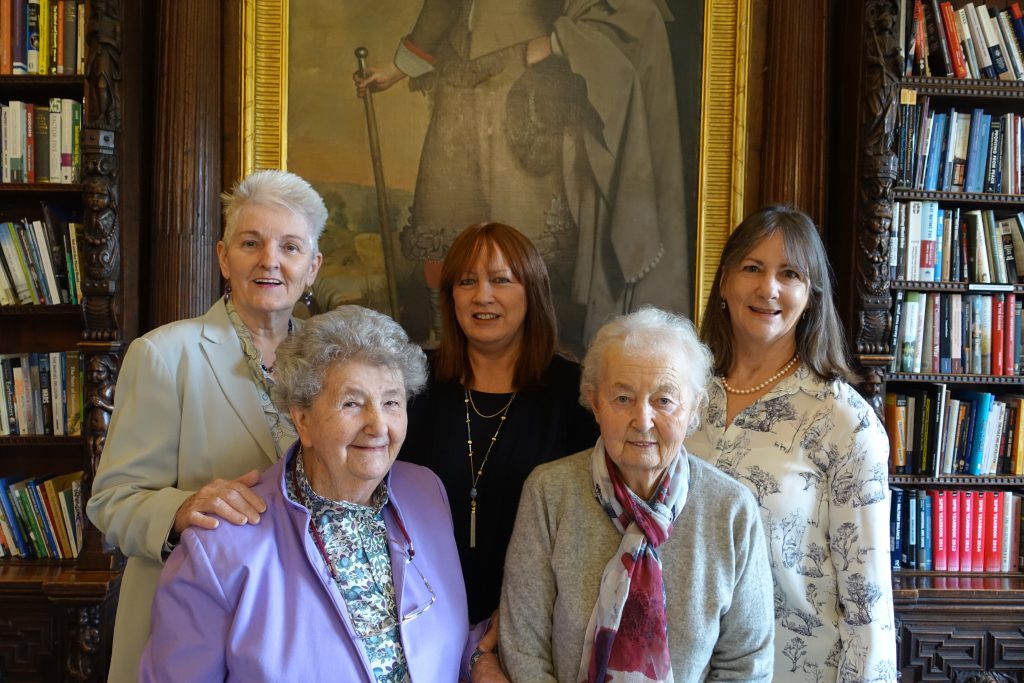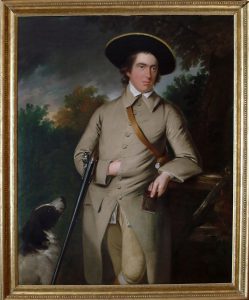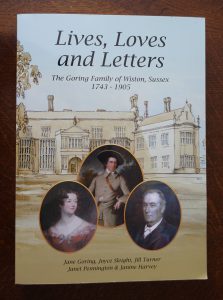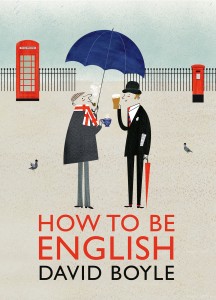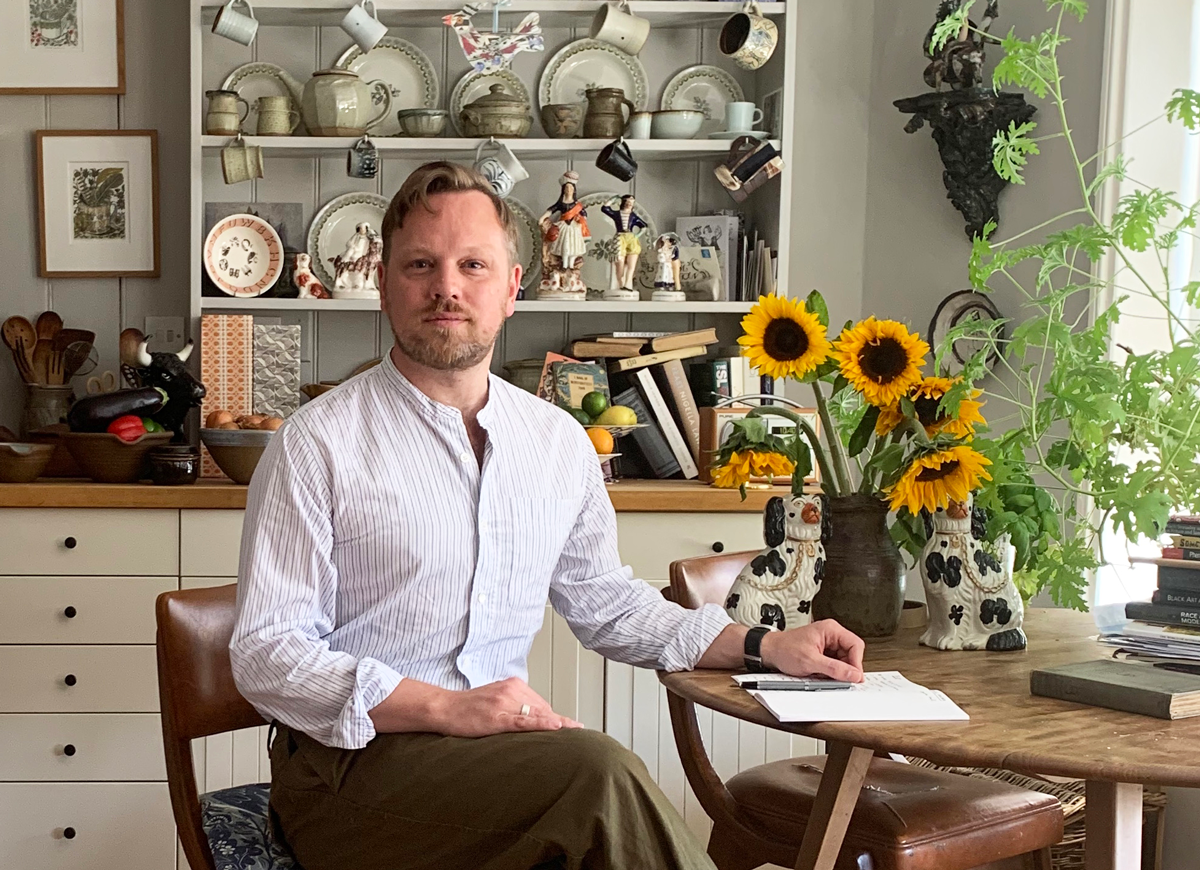
As I meet with author and Pallant House Gallery Director, Simon Martin, preparations are well underway for the 2022 Steyning Festival which opens on May 27th. Simon is amongst the headline speakers and will be talking about his recently published book Drawn to Nature: Gilbert White and the Artists.
Since its publication in 1789, Gilbert White’s Natural History and Antiquities of Selborne has inspired generations of artists, writers and naturalists.
Simon Martin says “Gilbert White’s quiet observations, which individually can be quite poetic, taken together have a resonance which have inspired other writers and artists.”
The importance of White’s observations is echoed in Sir David Attenborough’s introduction to this processional book where he writes ‘It would be difficult to find a less eventful life, in a worldly sense. But his days, for him, were packed with incident. Nothing was too small or humble to escape his investigations.’
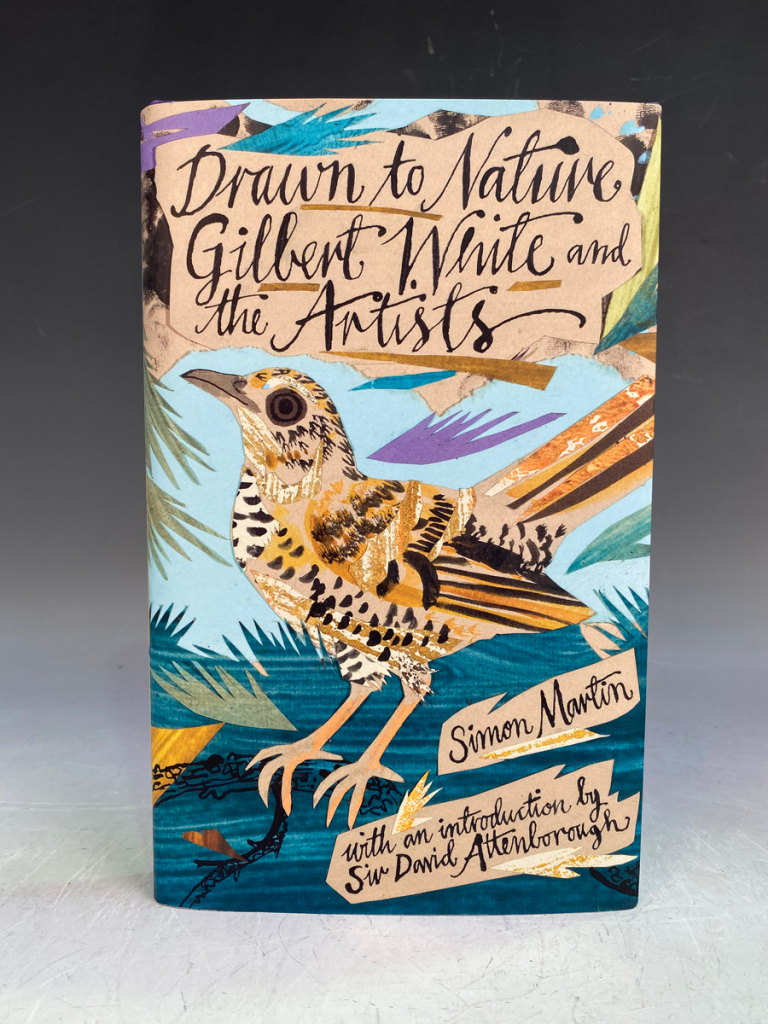
Gilbert White would live at Selbourne for most of his life and his work is a reminder that we can journey far by remaining in the same place.
Simon continues “As a man of the cloth one of the things that comes across is White’s reverence for nature and the natural world.”
In the poem an invitation to Selbourne, Gilbert White wrote:
‘See, Selbourne spreads her boldest beauties round
The varied valley, and the mountain ground,
Wildly majestic!’
Simon explains that he went to Selbourne some three years ago “Gilbert White’s house has such a wonderful atmosphere, particularly with the garden and the walk up to the hanger. But my route into Gilbert White was through the Modern British artists, people like Eric Ravilious, Clare Leighton and others. I’d seen prints and illustrations by these artists whilst working on them for individual exhibitions and projects. I realised so many artists have been influenced by, and illustrated White’s work. Sitting quietly behind some of our greatest cultural achievements is the observation of nature.” This lavishly illustrated book presents a series of essays, images and commentaries inspired by White’s writing including the contemporary cover illustration and end papers designed by Mark Hearld.
Simon describes how in of White’s writings his observations “occupy a place in the narrative structure … [with] a rare combination of scientific precision, poetic narrative and conversational anecdote.”
These words might also describe Simon Martin’s own approach to this beautiful, insightful and delightful book which is available from Pallant House Gallery and the Steyning Bookshop.
To find out more about what’s on at the 2022 Steyning Festival and to book tickets visit www.steyningfestival.co.uk.
